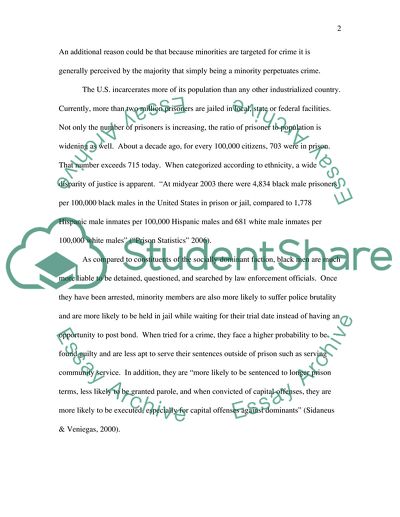Cite this document
(Racism And Prejudices As Factor Of Criminal Behavior Essay, n.d.)
Racism And Prejudices As Factor Of Criminal Behavior Essay. Retrieved from https://studentshare.org/sociology/1730658-social-justice-essay
Racism And Prejudices As Factor Of Criminal Behavior Essay. Retrieved from https://studentshare.org/sociology/1730658-social-justice-essay
(Racism And Prejudices As Factor Of Criminal Behavior Essay)
Racism And Prejudices As Factor Of Criminal Behavior Essay. https://studentshare.org/sociology/1730658-social-justice-essay.
Racism And Prejudices As Factor Of Criminal Behavior Essay. https://studentshare.org/sociology/1730658-social-justice-essay.
“Racism And Prejudices As Factor Of Criminal Behavior Essay”, n.d. https://studentshare.org/sociology/1730658-social-justice-essay.


